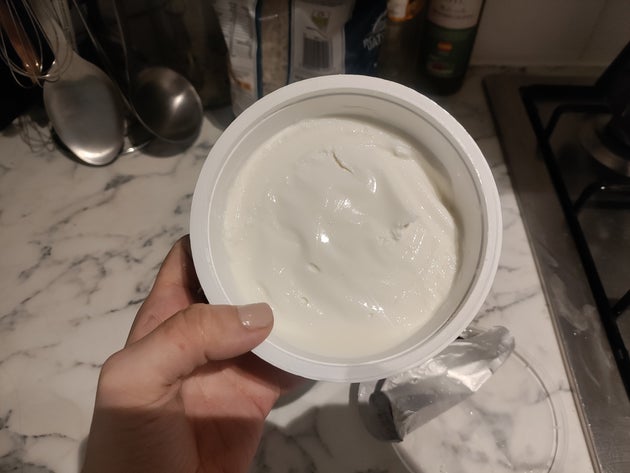Unusual Solutions to Combat Rising Temperatures
The United Kingdom is not designed for extreme heat, which is why heatwaves have such a significant impact compared to other regions. This lack of infrastructure and preparation has made it challenging for many residents to stay cool during the summer months. As someone who has tried numerous methods, from creating cross-breezes to closing curtains during the day, I can attest to the difficulty of maintaining a comfortable temperature at home.
However, there’s some unexpected news that might change how we think about staying cool. Scientists believe they’ve discovered a solution that could be hiding in your refrigerator—specifically, yogurt. While it sounds strange, this unconventional approach has shown surprising effectiveness.
The Science Behind Yogurt as a Cooling Agent
Dr. Ben Roberts, a lecturer at Loughborough University specializing in healthy buildings, has suggested that coating windows with yogurt could help protect against harmful sunlight. How does this work? Dr. Roberts and his PhD student, Niloo Todeh-Kharman, conducted a month-long experiment where they coated one window with yogurt while leaving another untouched. They found that the home with yogurt-coated windows was, on average, 0.6°C cooler. On particularly hot days, the difference was even more noticeable, with a drop of up to 3.5°C.
This cooling effect occurs because the yogurt creates a thin film on the glass that reflects some of the sun’s light, reducing the amount of heat that enters the home. Interestingly, the smell of the yogurt only lasted for about 30 seconds while drying, after which it disappeared entirely. Once fully dry, the yogurt doesn’t mold because all the moisture evaporates, thanks to the heat.
Dr. Roberts admitted he was surprised by the results, but the idea itself is intriguing. It raises questions about how we approach everyday materials for practical solutions.
Should You Try Yogurt on Your Windows?
If you’re looking for a way to keep your home cooler, using yogurt on your windows might be an option. However, it’s not the only method available. The Loughborough University experts also tested other low-cost solutions that proved effective.
One of these alternatives is using tinfoil, which is more reflective than yogurt. When placed on the outside of the glass, tinfoil can lower indoor temperatures by 5-6°C. This makes it a more effective option for those seeking a stronger cooling effect.
Other traditional methods, such as using shutters, blinds, or curtains, also remain highly effective. These tools can help regulate indoor temperatures and provide a reasonable level of comfort during hot weather.
Additional Tips for Staying Cool
In addition to these methods, there are other ways to manage heat during a heatwave. For instance, avoiding the use of electronic devices that generate heat, such as phone chargers, can help maintain a cooler environment. Similarly, hanging clothes during specific times of the day can prevent them from absorbing excess heat.
Understanding why UK heatwaves feel more intense than in other countries can also help in preparing for future events. With rising temperatures and increased instances of overheating in homes, finding innovative and affordable solutions is more important than ever.
By exploring unconventional ideas like yogurt-coated windows, alongside proven methods like tinfoil and window coverings, individuals can take proactive steps to stay comfortable during the hottest days of the year.







